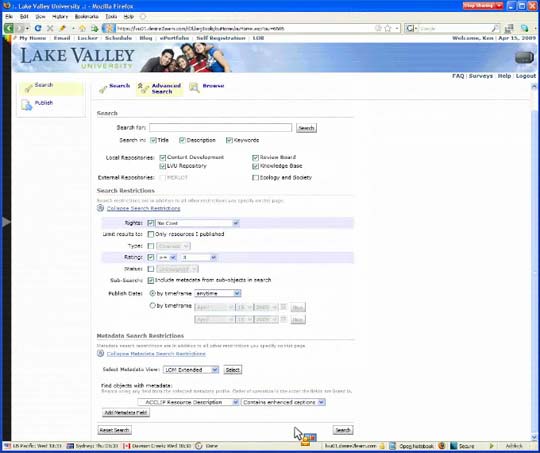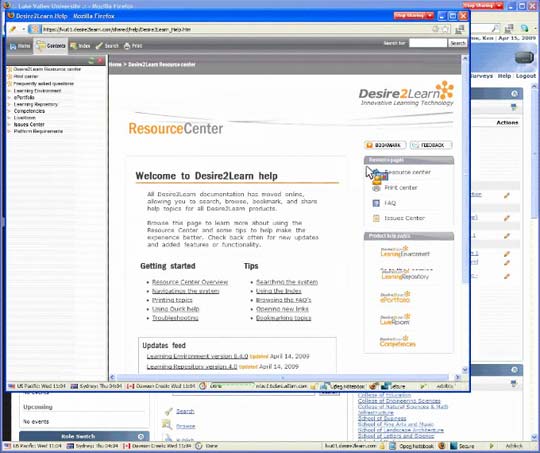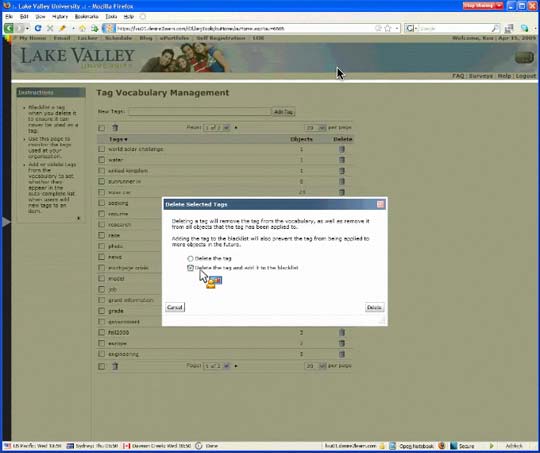Desire2Learn Rolls Out New Learning Environment, Repository, ePortfolio
##AUTHORSPLIT##<--->
Desire2Learn has released new versions of its Learning Environment, Learning Repository, and ePortfolio software, as well as Desire2Learn 2GO, a new mobile application for Blackberry.
The Desire2Learn Learning Environment is a Web-based learning and course management system. The new 8.4 release features several improvements over its predecessor, including new plagiarism detection capabilities, such as enhanced integration with Turnitin services; Support for markup of dropbox submissions via integration with iParadigms' GradeMark; expanded support for IMS Common Cartridge; improvements to accessibility features; new online help; and expanded support for aligning activities and assessments with academic standards.

Desire2Learn Learning Environment 8.4's advanced search functionality.
It also adds a "Course Package Converter for WebCT," which allows users to convert Vista and CE courses for use in the D2L Learning Environment.

The new online help system in the D2L Learning Environment
D2L has also released Learning Repository 4.0, a major update to its digital asset management and content management tool. It adds improved search capabilities, enhancements to metadata editing, extensible metadata, improved resource classification, and Creative Commons support.
The company has also released Desire2Learn ePortfolio 2.0. Designed to be used as a stand-alone application or to be integrated with the Desire2Learn learning management system, D2L ePortfolio is targeted toward end users as a "personal repository for organizing, presenting, and reflecting on digital artifacts."
D2L ePortfolio allows users to upload assignments, reports, photos, and other digital media assets. Users can upload directly through the system or import elements from the D2L Learning Environment or other sources. It includes personalized tools for organizing and sharing digital artifacts in online portfolios, with a wide variety of settings for customizing the portfolios into which assets will be placed and who can view them. Students can also publish individual assessments, though instructors can determine which elements of those assessments can be viewable (questions and answers together, answers alone, overall score alone, etc.).
The new 2.0 release adds support for full import and export of ePortfolio Items, tag management (such as the ability to blacklist certain tags), and improved online help. It also adds a Web Services API for third-party developers.

Tag management in Desire2Learn ePortfolio 2.0
Desire2Learn has also released a new mobile application called Desire2Learn 2Go. The new tool for Blackberry mobile devices lets users view courses and class lists, edit profile and contact information, look up grades, connect to organization sites, and sign up for study groups.
All of the new applications are available now. Further information can be found here.